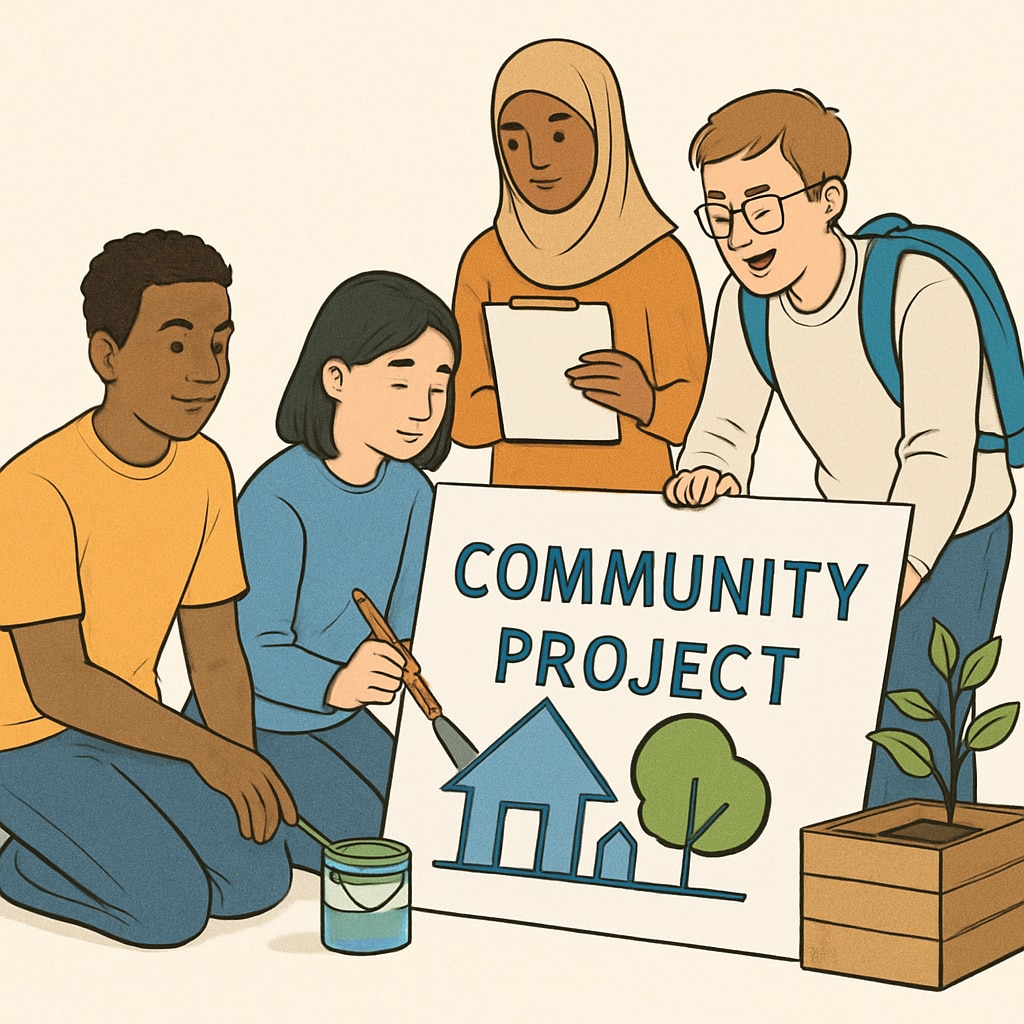When a school fundraising event links donation amounts to student privileges, it raises questions about fairness and inclusion. Is this practice inadvertently promoting economic discrimination and fostering social divides within the educational system? School fundraising activities are often designed to support extracurricular programs and improve facilities, but tying contributions to exclusive benefits can create a culture of inequity. This article examines the implications of such fundraising models and suggests more inclusive alternatives to build stronger school communities.
The Inequality Embedded in School Fundraising
School fundraising campaigns often rely on community contributions to bridge budget gaps. However, when schools implement a tiered rewards system—where higher donations grant access to privileges such as special events, exclusive seating at performances, or recognition in school publications—the line between fundraising and favoritism becomes blurred.
This approach can unintentionally marginalize families with limited financial resources, creating a hierarchy where wealth determines opportunity. For example, students whose parents can afford higher donations might receive better access to extracurricular activities, while others are left feeling excluded. Over time, this dynamic can exacerbate social divisions within the school community.

The Impact on Students and School Culture
Linking privileges to financial contributions can have a profound psychological impact on students. Children may internalize these disparities, associating their worth or opportunities with their family’s economic status. This can lead to feelings of inferiority or resentment, which, in turn, can harm their overall educational experience.
Moreover, a school culture that prioritizes financial contributions risks undermining other values, such as teamwork, inclusivity, and mutual respect. It may also send the unintended message that financial capability outweighs other contributions, like volunteering time or sharing unique skills.

Rethinking School Fundraising Models
To address these issues, schools should consider more equitable fundraising approaches that emphasize collective participation over individual financial contributions. Here are some suggestions:
- Universal Participation: Design events like fun runs or read-a-thons where all students can participate equally, regardless of donation amounts.
- Non-Monetary Contributions: Encourage families to contribute time, skills, or resources instead of just money.
- Anonymous Giving: Implement systems where donations are made anonymously to avoid creating visible disparities.
- Community-Focused Rewards: Shift the focus of rewards to shared benefits, like school-wide celebrations, rather than individual perks.
By adopting these strategies, schools can foster a sense of unity and ensure that fundraising activities align with the core values of education—equity, respect, and shared responsibility.
Conclusion: Building Inclusive School Communities
While fundraising is essential for many schools to thrive, the methods used should reflect the values of inclusivity and fairness. Linking donation amounts to privileges risks reinforcing systemic inequalities and teaching students that financial status determines access to opportunities. Instead, schools should prioritize community-based approaches that celebrate collective effort and minimize economic disparities.
As educators, parents, and policymakers, we have the responsibility to create environments where every student feels valued, regardless of their family’s financial situation. By rethinking fundraising models, schools can build more inclusive communities that inspire all students to succeed.
Readability guidance: Use short paragraphs and lists to summarize key points; maintain a balance between data and narrative; distribute transition words evenly throughout the article.


